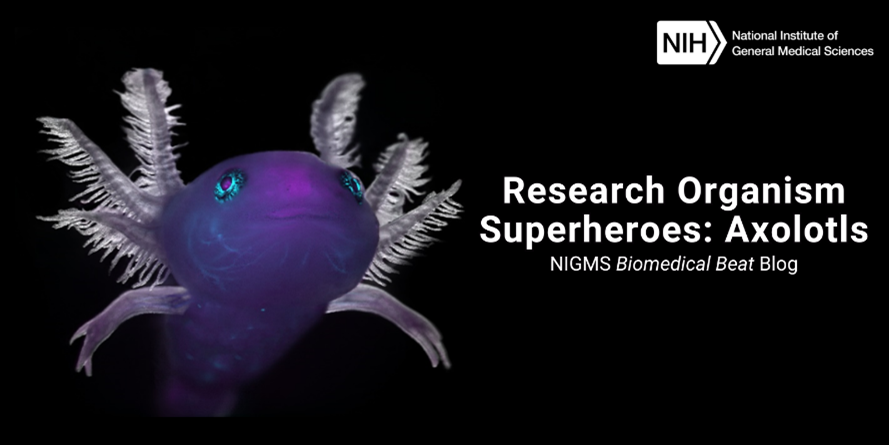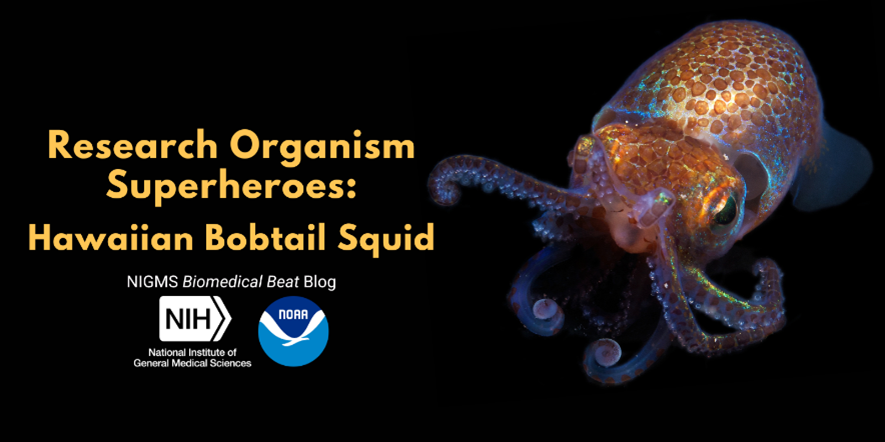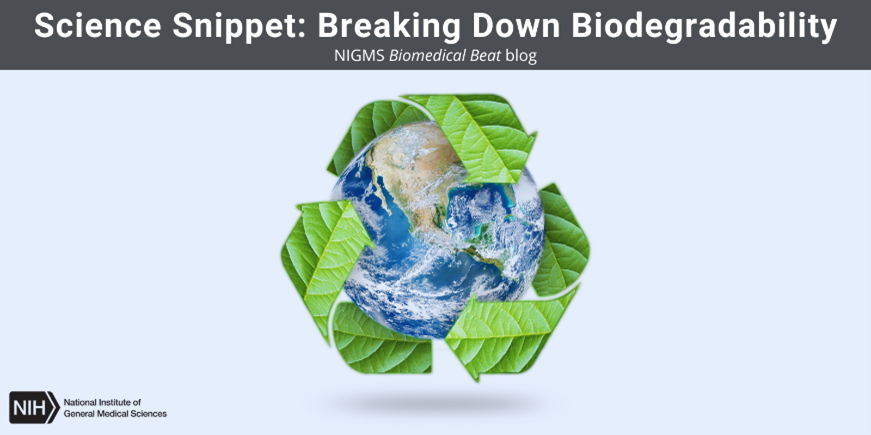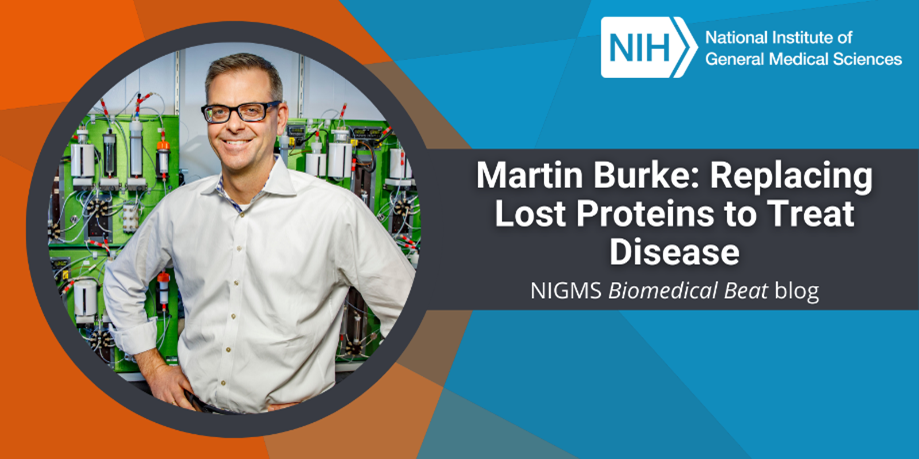The friendly-looking axolotl (Ambystoma mexicanum) doesn’t seem to have much in common with its namesake, Xolotl—the Aztec god of lightning, death, and fire. In fact, axolotls can regrow lost limbs and other body parts like organs and parts of their central nervous systems—which goes against the concept of death!
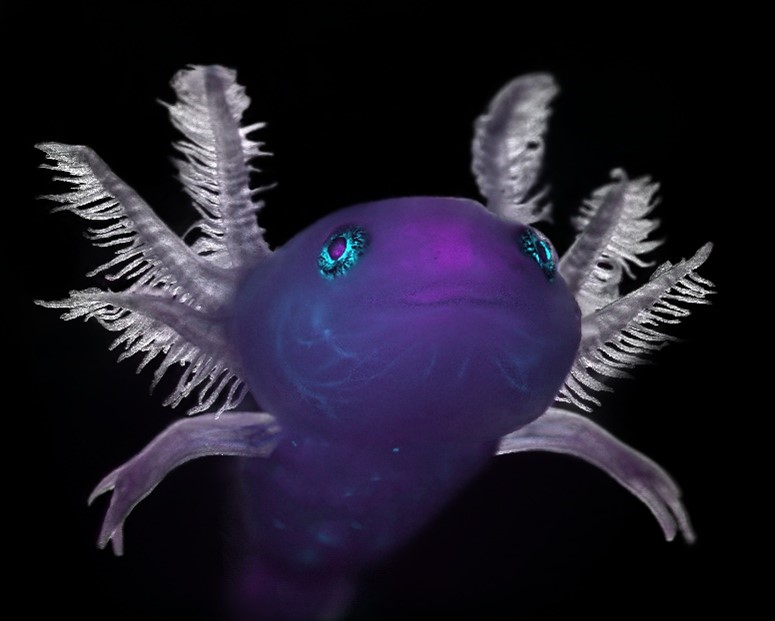
In the wild, these Mexican salamanders only live in the lakes and waterways around Mexico City, Mexico, and they’ve been critically endangered for nearly 20 years because their already small natural habitat has gotten smaller, become polluted, and been overtaken by nonnatural predators. Axolotls are excellent research organisms, but the animals used in research today are genetically distinct from the natural populations that are critically endangered. These research animals have been bred in captivity for nearly 100 years (long before they were close to being endangered), with genes from a tiger salamander transferred into their genomes and only a few wild axolotls crossed into the population during that time.
When researchers first began studying this interesting amphibian, they were confused by one critical feature that axolotls seemed to be missing: metamorphosis. They live their entire lives in the water, without losing their external gills and developing lungs so that they can live on land (think tadpole-to-frog transition). And even though they don’t have the usual coming-of-age transition that other amphibians do, they still grow into mature water-dwelling adults because they can reproduce in this form. Interestingly, scientists learned that they could induce metamorphosis using a tank with an inclined floor that mimics a lake shore. By slowly lowering the water level, the animals were forced from water onto land and eventually metamorphosed into a land-dwelling form.

Many researchers today, including those who receive NIGMS funding, study axolotls to uncover how they regenerate lost or damaged tissue. Axolotls’ superpower may hold the key to developing medicine for humans to be able to better heal from wounds or even regenerate damaged tissue—something we don’t do very well on our own. Researchers test how different molecules affect axolotls’ ability to regrow their tails. When they find something that prevents normal regeneration, they explore further to try to figure out what’s happening. They’re also investigating why lizards, which are more similar than salamanders to humans, don’t regrow perfect tails like salamanders do, hoping to learn how to improve regeneration in lizards that can eventually translate to humans.
And thanks to advances in the field of genetics, scientists have sequenced the axolotl’s giant genome—at 32 billion base pairs, it’s 10 times larger than ours! Now they can compare genomes across individual animals to find what parts of the genetic code is most conserved, which could potentially hold the key to the axolotl’s regenerative powers.

This post is a great supplement to our axolotl coloring page. Learn more in our Educator’s Corner.


